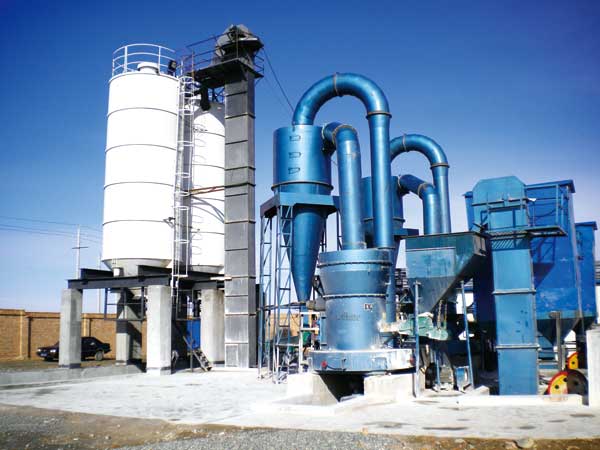
A limestone grinding production line is a process that grinds limestone into powder. The process is divided into several stages, each with its own specific purpose. The first stage is the crushing stage, where large pieces of limestone are crushed into smaller particles. The second stage is the grinding stage, where the crushed limestone particles are ground into a fine powder. The final stage is the packaging stage, where the limestone powder is packaged and sent to various industries for use.
The importance of a limestone grinding production line cannot be overstated. Limestone is a valuable resource that is used in a wide variety of industries. For example, in the construction industry, limestone is used as a building material for walls, floors, and roofs. It is also used as a component in concrete and asphalt. In the agriculture industry, limestone is used to improve soil quality and as a nutrient for crops. In the chemical manufacturing industry, limestone is used to make calcium oxide, which is used in the production of cement, glass, and other materials.
The limestone grinding production line plays a crucial role in making sure that the limestone is of the highest quality. The grinding process ensures that the limestone particles are evenly ground, which improves the consistency of the final product. This is important because different industries have different requirements for the size and consistency of the limestone particles.
For example, in the construction industry, the size and consistency of the limestone particles are critical. If the limestone particles are too large or inconsistent in size, the building material may not be strong enough to support the weight of the building. In the agriculture industry, the consistency of the limestone particles is important because it affects how the limestone is absorbed by the soil. If the particles are too large or inconsistent in size, they may not be absorbed evenly by the soil, which can affect crop growth.
In addition to ensuring the quality of the limestone, a grinding production line also has other benefits. For example, grinding the limestone into a fine powder makes it easier to transport and store. This is important because limestone is often mined in remote areas and needs to be transported over long distances. Grinding the limestone into a fine powder also makes it easier to mix with other materials, which is important in industries like construction and agriculture.
There are several types of equipment used in a limestone grinding production line. The most common types of equipment include jaw crushers, hammer crushers, ball mills, vertical mills, and Raymond mills. Each type of equipment has its own specific purpose and is designed to meet the needs of different industries.
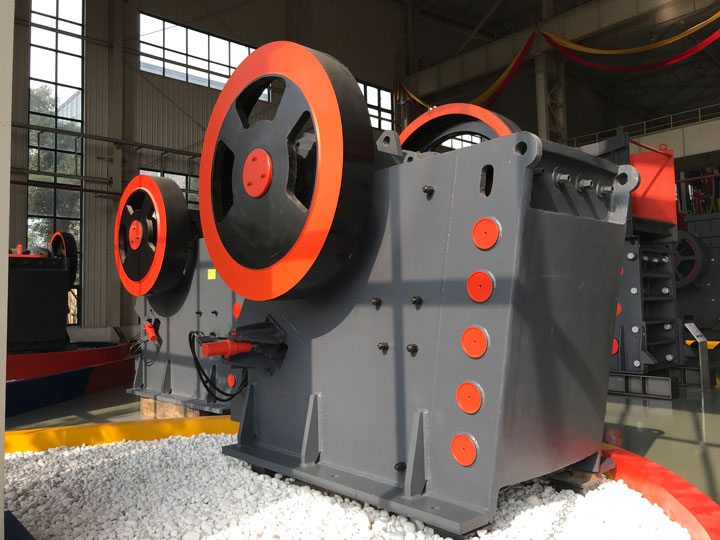
Jaw crushers are used in the crushing stage of the production line. They are designed to crush large pieces of limestone into smaller particles. Hammer crushers are also used in the crushing stage, but they are designed to crush the limestone into even smaller particles.

Ball mills and vertical mills are used in the grinding stage of the production line. They are designed to grind the limestone particles into a fine powder. Ball mills are more commonly used in the construction industry, while vertical mills are more commonly used in the chemical manufacturing industry.
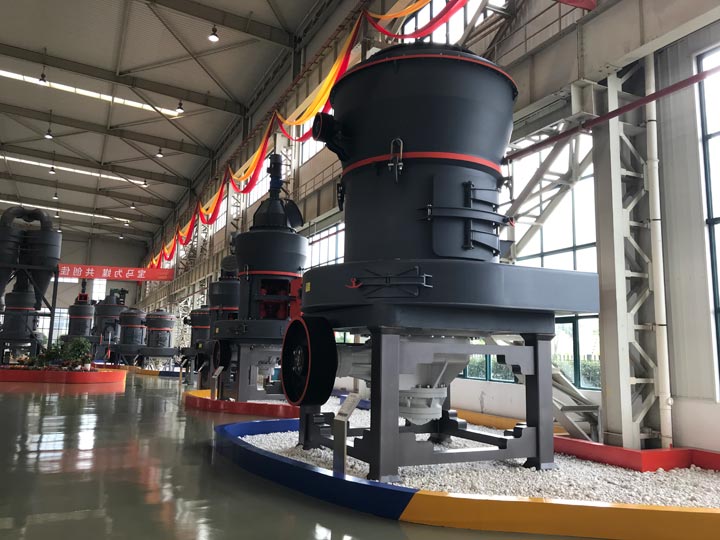
Raymond mills are also used in the grinding stage of the production line. They are designed to grind the limestone particles into a fine powder, but they use a different mechanism than ball mills and vertical mills. Raymond mills use rollers instead of balls or rods to grind the limestone particles.
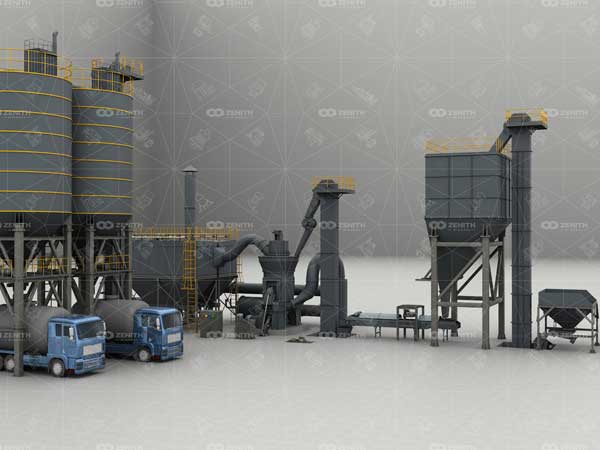
The limestone grinding production line typically consists of several stages, including crushing, grinding, classification, and packaging. The equipment used in each stage plays a critical role in the overall efficiency and quality of the process.
The first stage of the limestone grinding production line is crushing. Large pieces of limestone are fed into the jaw crusher for primary crushing. The jaw crusher is designed to crush large limestone rocks into smaller pieces that can be further processed in the next stage.
After the limestone is crushed, it is sent to the grinding stage. The most commonly used equipment in the grinding stage is a ball mill. Ball mills are cylindrical drums that rotate around a horizontal axis and are partially filled with grinding media such as steel balls, ceramic balls, or pebbles. As the drum rotates, the grinding media crushes the limestone particles, resulting in a fine powder.
There are several factors that can affect the efficiency and quality of the grinding process. One of the most important factors is the size of the grinding media. The smaller the size of the grinding media, the finer the limestone particles that can be produced. However, using smaller grinding media can also result in increased wear on the equipment and higher energy consumption.
Another important factor in the grinding stage is the residence time of the limestone particles in the ball mill. The longer the residence time, the finer the particles that can be produced. However, longer residence times can also result in increased energy consumption and reduced equipment life.
After the limestone particles have been ground into a fine powder, they are sent to the classification stage. In this stage, the powder is separated into different size fractions using a classifier. The most commonly used classifier in limestone grinding production lines is a mechanical air separator. This device uses air to separate the particles based on their size and density.
Once the limestone powder has been classified, it is ready for packaging. The most commonly used equipment for packaging limestone powder is a bagging machine. These machines fill pre-made bags with the powder and then seal them for transport.
Limestone grinding production lines are essential for the efficient processing of limestone into a usable product. These production lines consist of several machines, including crushers, mills, and classifiers. They work together to break down and grind limestone into fine powder or granules that can be used in various industries.
There are several benefits of limestone grinding production lines, including:
Limestone grinding production lines produce high-quality limestone powder or granules that are used in various applications. The grinding process ensures that the limestone is ground to a uniform size and consistency, which is crucial for its use in construction and other industries. The production line’s machines are designed to produce high-quality products that meet the required specifications.
Limestone grinding production lines are designed to maximize efficiency and reduce energy consumption. The machines used in these production lines are designed to operate at high speeds, which ensures that limestone is ground quickly and efficiently. The production line’s processes are automated, reducing the need for manual labor and increasing productivity.
Limestone grinding production lines are cost-effective because they produce high-quality limestone powder or granules at a lower cost than traditional methods. The automated processes used in these production lines reduce labor costs and increase productivity, making them an economical choice for limestone processing.
Limestone grinding production lines are environmentally friendly because they use less energy and produce fewer emissions compared to traditional processing methods. The machines used in these production lines are designed to consume less energy, reducing the carbon footprint of limestone processing.
Limestone powder or granules produced through grinding production lines have various applications. They can be used as a filler in various products, such as paper, rubber, and paint. Limestone powder is also used as an ingredient in cement production, where it acts as a binding agent.
Limestone grinding production lines are essential because of the increasing demand for limestone products. The construction industry, in particular, requires large quantities of limestone for various applications, including road construction, building materials, and cement production. The use of limestone grinding production lines ensures that the growing demand for limestone products is met efficiently and effectively.
Limestone is a common sedimentary rock that is widely used in various industries, including construction, agriculture, and manufacturing. In the construction industry, limestone is used as a raw material in the production of cement and concrete. In agriculture, it is used to improve soil quality and increase crop yield. In manufacturing, it is used in the production of glass, paper, and steel. To meet the increasing demand for limestone, there is a need for efficient limestone grinding production lines with low energy consumption.
Grinding limestone to a fine powder is a critical process in many industries. The quality and efficiency of the grinding process depend on several factors, including the particle size of the limestone, the type of grinding mill used, the grinding media used, and the grinding time. Inefficient grinding processes not only waste energy but also result in poor quality products.
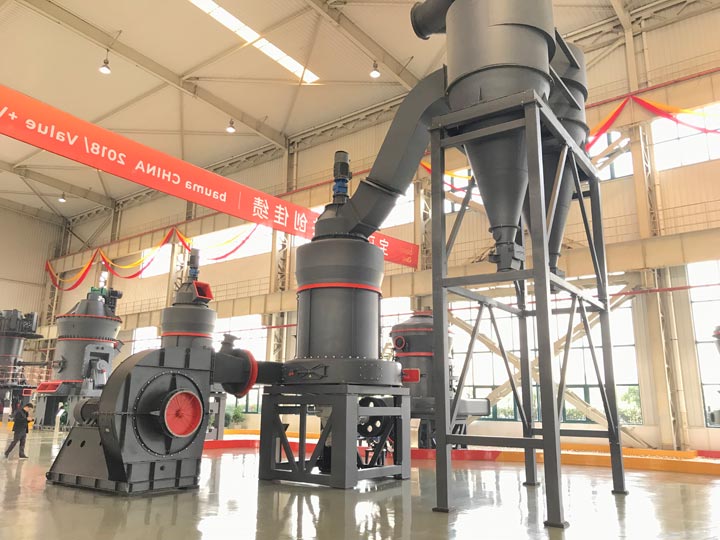
To improve the efficiency of limestone grinding production lines, many manufacturers have developed innovative technologies that reduce energy consumption while improving the quality of the final product. One such technology is the use of high-pressure grinding rolls (HPGRs).
HPGRs are a relatively new technology that has gained popularity in recent years due to their high efficiency and low energy consumption. HPGRs work by compressing the limestone between two rollers, which reduces the particle size and increases the surface area of the limestone. This increased surface area leads to more efficient grinding and reduces the energy required to achieve the desired particle size.
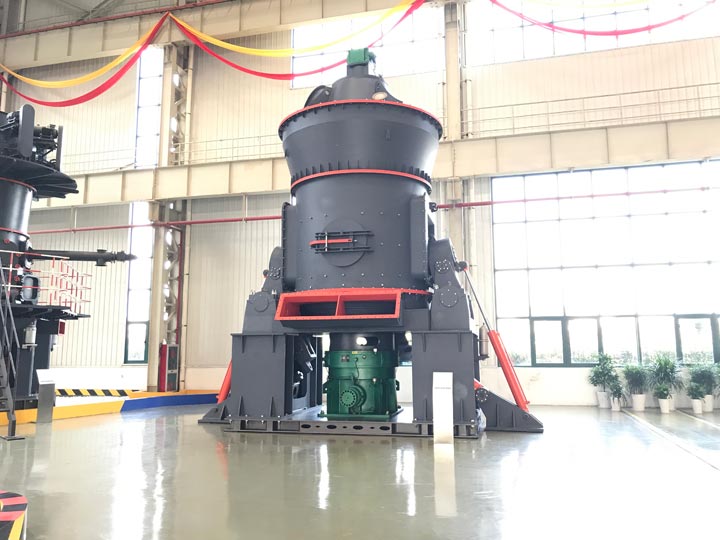
Another technology that is gaining popularity in the limestone grinding industry is vertical roller mills (VRMs). VRMs are similar to ball mills, but they use a vertical roller instead of a horizontal one. This design reduces the footprint of the mill and reduces the energy required to grind the limestone. Additionally, VRMs can operate at lower temperatures than ball mills, which reduces the risk of overheating and improves the quality of the final product.
In addition to HPGRs and VRMs, there are other technologies that can be used to reduce energy consumption in limestone grinding production lines. One such technology is the use of grinding aids. Grinding aids are chemicals that are added to the grinding process to improve the efficiency of the grinding process. They can reduce the energy required to achieve the desired particle size and improve the quality of the final product.
Another technology that can be used to reduce energy consumption is the use of air classifiers. Air classifiers separate particles based on their size and shape, which can improve the efficiency of the grinding process and reduce the energy required to achieve the desired particle size.
We have jaw crushers, impact crushers, cone crushers, sand makers and so on.
Mon - Sun, 0:00 - 24:00
24h Online Service
© Zenith. All Rights Reserved. Designed by
